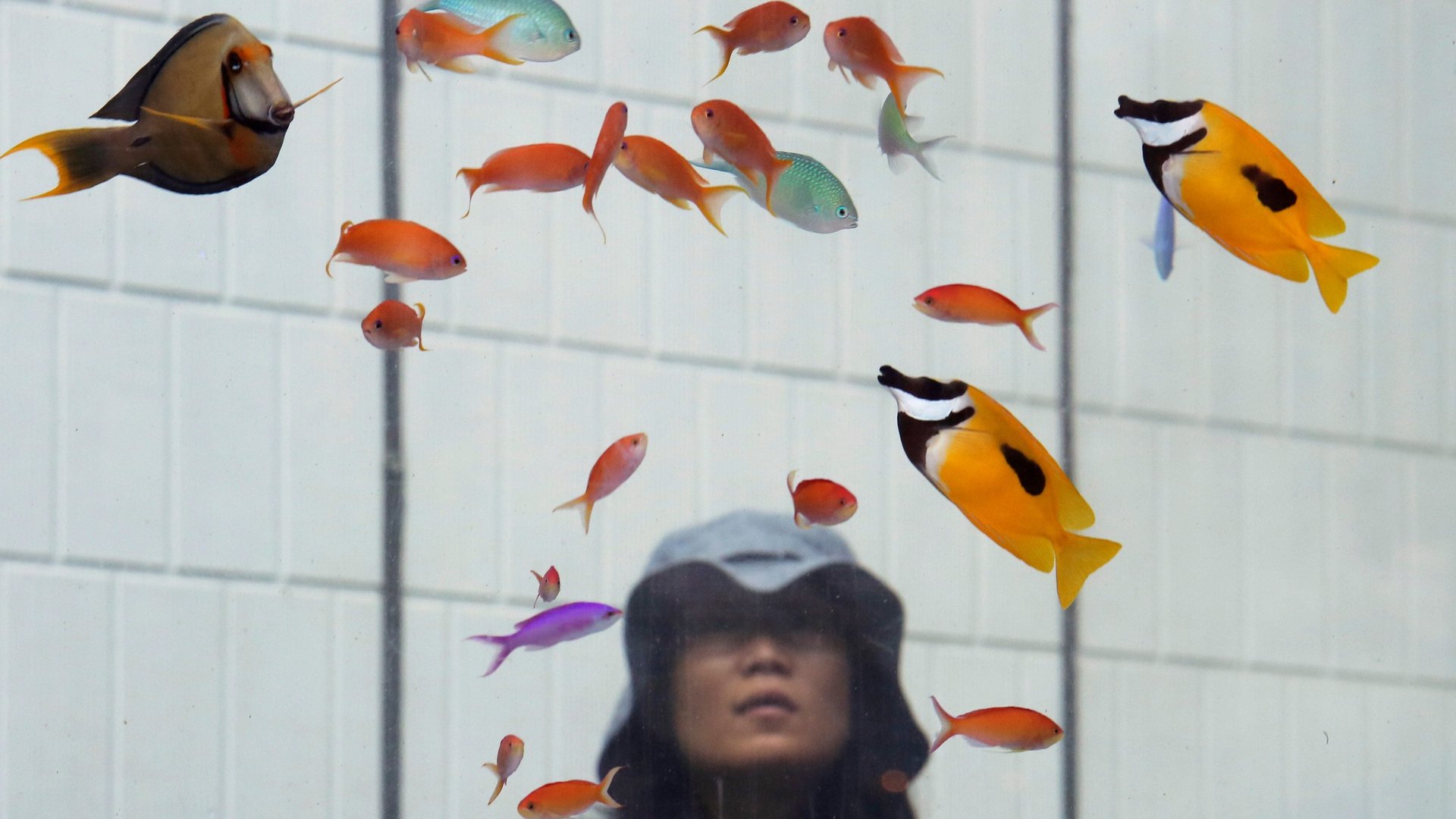Anxiety is a sign of creativity. Here’s how artists cope
The neuroscientist and author Joseph LeDoux has called anxiety “the price we pay for an ability to imagine the future.”


The neuroscientist and author Joseph LeDoux has called anxiety “the price we pay for an ability to imagine the future.”
“That’s what anxiety is,” he said in 2016, “an imagination of a future that hasn’t happened yet, but that you are concerned with, worried about, dreading, and so on.”
If anxiety thrives with an active imagination, then it stands to reason that creative types would suffer mightily from it. Just as artists can use their imaginations to conceive of their next great installation, poem, or song, they can also easily picture a wide array of undesirable outcomes: rejection, failure, going broke, and then some. What’s worse, creative endeavors are often solitary efforts, leaving anxious people alone with their worries.
This is just the sort of plight that The Creative Independent, Kickstarter’s online resource for creators, seeks to address—because if you’re creative and independent, there’s a solid chance you’re at least a little bit anxious.
For its second anniversary, TCI mined its trove of over 500 interviews with artists, filmmakers, musicians, photographers, authors, and more to publish a free zine entitled On Dealing with Creative Anxiety. You can download it as a PDF, or send them a stamped self-addressed envelope (remember those?) to receive a print copy.
“So many of the conversations we have are talking to people about what they do and how they do it,” says TCI’s senior editor T. Cole Rachel. “What constitutes their process? What things do they find helpful? What resources do they need? What things get in your way? The ‘things that get in your way’ part always is really fruitful, because everybody has some version of that.”
The zine organizes these obstacles by theme—notes on channeling anxiety into work, facing rejection, and starting something new, for example—and also includes lengthier contributions on topics such as mental health, identifying the help you need, and conquering the procrastination that can result from a fear of failure.
Composer, programmer, and podcast host Mike Rugnetta, for example, says anxiety about sharing your work with the world can actually have positive implications. “If you’re afraid people won’t like what you’ve done, that’s often a good sign: it means you care, and it means there are stakes. Creating things… is often about risk, intimacy, and vulnerability. If you are gung-ho confident about your creative endeavors, it’s likely that you are not risking anything. For me, at least, this is often a mark of boring work.”
Of course, the zine is also packed with lots of recommendations and practical tips. The artist and teacher Neil Goldberg finds comfort in tropical fish stores: “the otherworldly lighting, the thick, fish-tanky air, the nerdy patrons, and, of course, the fish themselves.” The artist Addie Wagenknecht recommends reading The Lonely City. “It’s about a woman living in NYC in her 30s, and the spaces between people—how those gaps can draw us together, and how loneliness is so intrinsic to the very act of being a person,” she says.
But much of the publication’s value is in proving that however lonely they may feel, anxious creators are far from alone, and that creative anxiety is an incredibly common plight—even among the most accomplished of artists.
For that reason, Rachel says, it’s important that creators have some compassion for themselves, and remember that lots of steps constitute the creative process—not just the act of production.
“Creating itself is part of it, for sure, but doing research and reading and thinking and making notes—that’s all part of the process too,” he says. “It’s hard, and I think if you’re not willing to be a little bit kind with yourself, it’d be impossible to finish anything. I don’t know how people do it.”